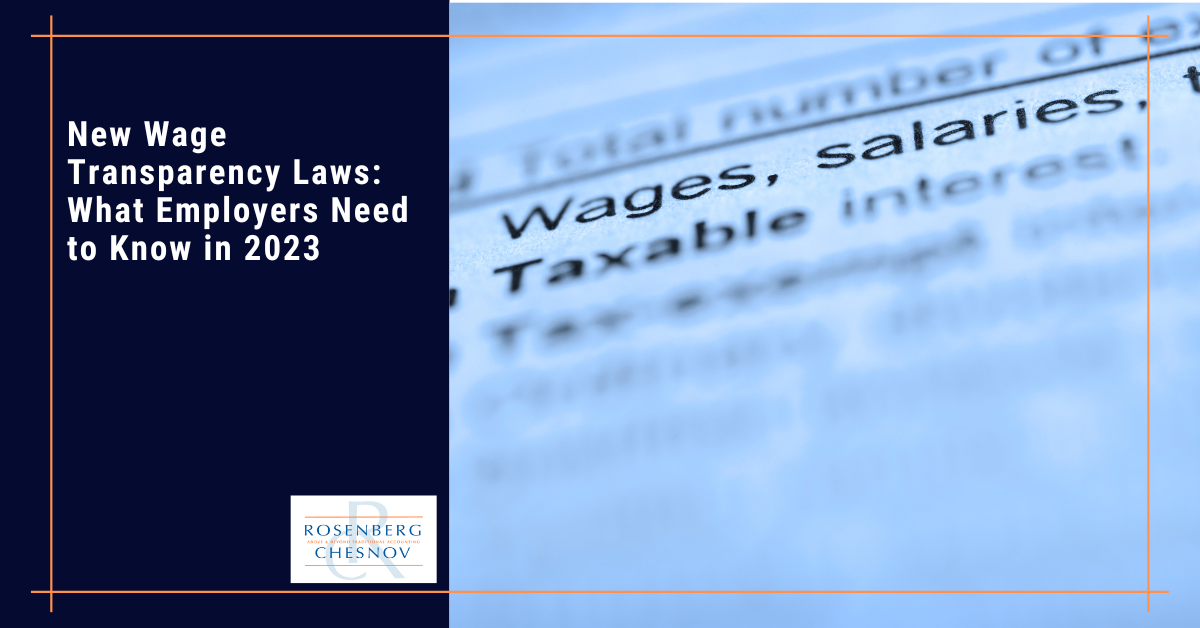Is salary transparency a good thing?
By requiring employers to disclose pay data to their employees or the public, salary transparency laws seek to reduce wage gaps based on gender, race, and other factors: greater salary information helps employees better understand their worth and negotiate fair compensation. Salary transparency laws can also help employers identify and address pay disparities within their organizations, promoting greater fairness and equality in the workplace.
In 2022, women earned an average of 82% of what men earned, according to the Pew Research Center — a statistic that, shockingly, has changed little in two decades (in 2002, women’s earnings averaged 80% of men’s).
The gender-based wage gap is even wider for women of color, with Black women earning 70% as much as white men in 2022 and Hispanic women making only 65% last year. Likewise, stubborn wage disparities have existed along racial lines for decades. For example, the median wage of white workers of any gender grew by 20.0% between 1979 and 2019, while the median wage of Black workers grew by only 5.2% per year over the same period.
Reducing those disparities is undeniably worthwhile; another benefit of salary transparency laws is that they can improve employee morale and job satisfaction. Furthermore, employers who implement salary transparency policies often enjoy greater trust and loyalty from their employees.
Nevertheless, for employers, salary transparency laws can come with significant disadvantages.
What are the downsides of pay transparency policies?
One major challenge for employers is the potential for increased litigation and compliance costs. Employers may face legal action if they fail to comply with the new laws or if employees believe they are being paid unfairly. This could result in costly lawsuits and legal fees.
Another challenge is the administrative burden of collecting and reporting pay data. Employers may need to invest in new software or systems to collect and manage the data effectively, which can be time-consuming and costly. Additionally, employers may be concerned about the privacy of their employees’ pay data, particularly if it becomes publicly available.
Salary transparency laws may also lead to internal discord; if pay disparities are identified, employers may struggle to address them without causing resentment among those who feel they are being paid unfairly. This can ultimately affect employee retention and recruitment efforts, too.
Lastly, employers may worry about the potential for competitive disadvantage. If their pay data becomes public, competitors may use that information to poach their top talent or undercut them in salary negotiations with job candidates. This can make it challenging for employers to remain competitive and retain their best employees.
Which states have salary transparency laws?
As of last month, eight states had enacted (and fifteen were considering) salary transparency laws — New York’s salary range transparency legislation goes into effect in September of this year, joining California, Rhode Island, Maryland, Colorado, Connecticut, Nevada, and Washington. In addition, some localities have enacted measures.
It’s important to note that the specifics of the laws vary by state, including which employers are affected, what pay information is required to be disclosed, and to whom it must be disclosed. But they generally require employers to disclose pay data or post it publicly upon request. Some of these states have implemented laws that require public sector employers to disclose pay data, while others need both public and private employers to do so. Some laws also prohibit employers from retaliating against employees who discuss their pay or inquire about pay data.
Employers should carefully review the laws in their respective states to ensure compliance. Moreover, as of 2023, more states are expected to follow suit and implement salary transparency laws — so even if your state does not currently have such laws, it’s a good idea to pay attention to any legislative proposals or developments that could impact your company.
How do you implement pay transparency?
Employers can take several steps to implement pay transparency policies and ensure they comply with state laws. Here are some general guidelines:
- Conduct a pay equity analysis: Employers should conduct a thorough pay equity analysis to identify any disparities in pay based on gender, race, ethnicity, or other protected characteristics. This analysis should be conducted regularly to ensure pay disparities do not develop over time.
- Establish clear pay ranges: Employers should establish clear pay ranges for each position based on objective criteria, such as job responsibilities, required qualifications, and experience. These ranges should be communicated to employees and potential job candidates.
- Develop a pay transparency policy: Employers should develop a pay transparency policy that outlines the company’s commitment to pay equity and describes how pay information will be shared with employees. This policy should be easily accessible to all employees and provide information about how employees can raise concerns or complaints about pay disparities.
- Train managers and HR staff: Employers should train managers and HR staff on the pay transparency policy and ensure they understand their role in implementing it. Managers should be trained to discuss pay openly with employees and to explain how pay decisions are made.
- Monitor compliance with state laws: Employers should monitor changes to state and local laws related to pay transparency and ensure they remain compliant. This may involve periodic state law reviews and updating policies and procedures as needed.
- Communicate openly with employees: Employers should communicate openly with employees about pay decisions and ensure that employees understand the factors considered in determining pay. This can build trust and create a more positive workplace culture.
By taking these steps, employers can establish a pay transparency policy that complies with state laws and promotes pay equity and fairness in the workplace.
What are the consequences of non-compliance with wage transparency laws?
In some states, employers who violate these laws can face fines, penalties, and even legal action from employees. For example, in California, the Labor Commissioner may assess civil penalties from $100 up to $10,000 for violations, to say nothing of potential lawsuits.
Moreover, non-compliance can also have reputational and cultural consequences for employers. Failure to comply with pay transparency laws can damage an employer’s reputation and erode trust among employees, customers, and other stakeholders. It can also create a negative culture where employees feel undervalued and disengaged, leading to turnover and difficulty attracting new talent.
In addition to these consequences, non-compliance can lead to a loss of productivity and revenue. Employers may face disruptions, lawsuits, and other legal issues that can harm their bottom line and take away from their core business activities. Overall, employers must understand and comply with pay transparency laws to avoid these potential consequences.
Would you like some help?
If you are a client and would like to book a consultation, call us at +1 (212) 382-3939 or contact us here to set up a time.
If you aren’t a client, why not? We can take care of your accounting, bookkeeping, tax, and CFO needs so that you don’t have to worry about any of them. Interested? Contact us here to set up a no-obligation consultation.
Stay informed
Interested in receiving updates in your mailbox? Check out our newsletter, full of information you can use. It comes out once every two weeks, and you can register for it below.





